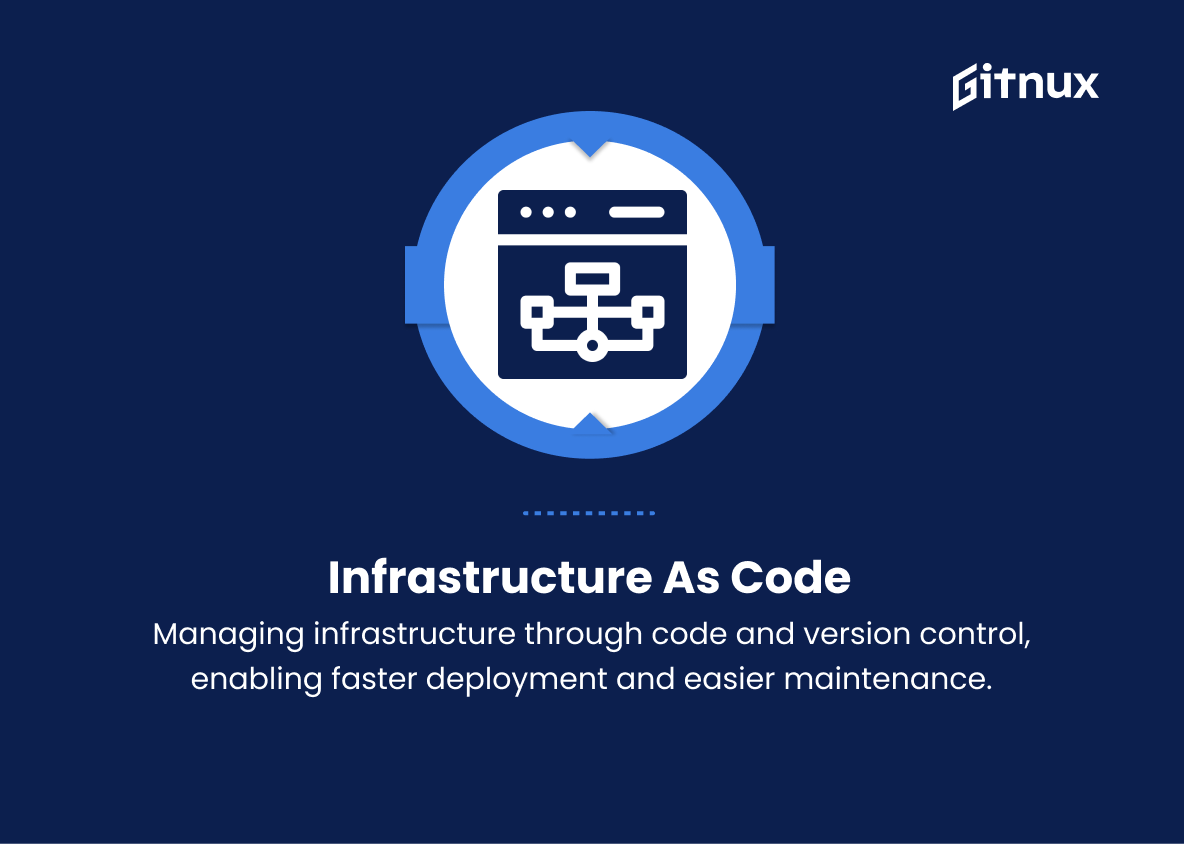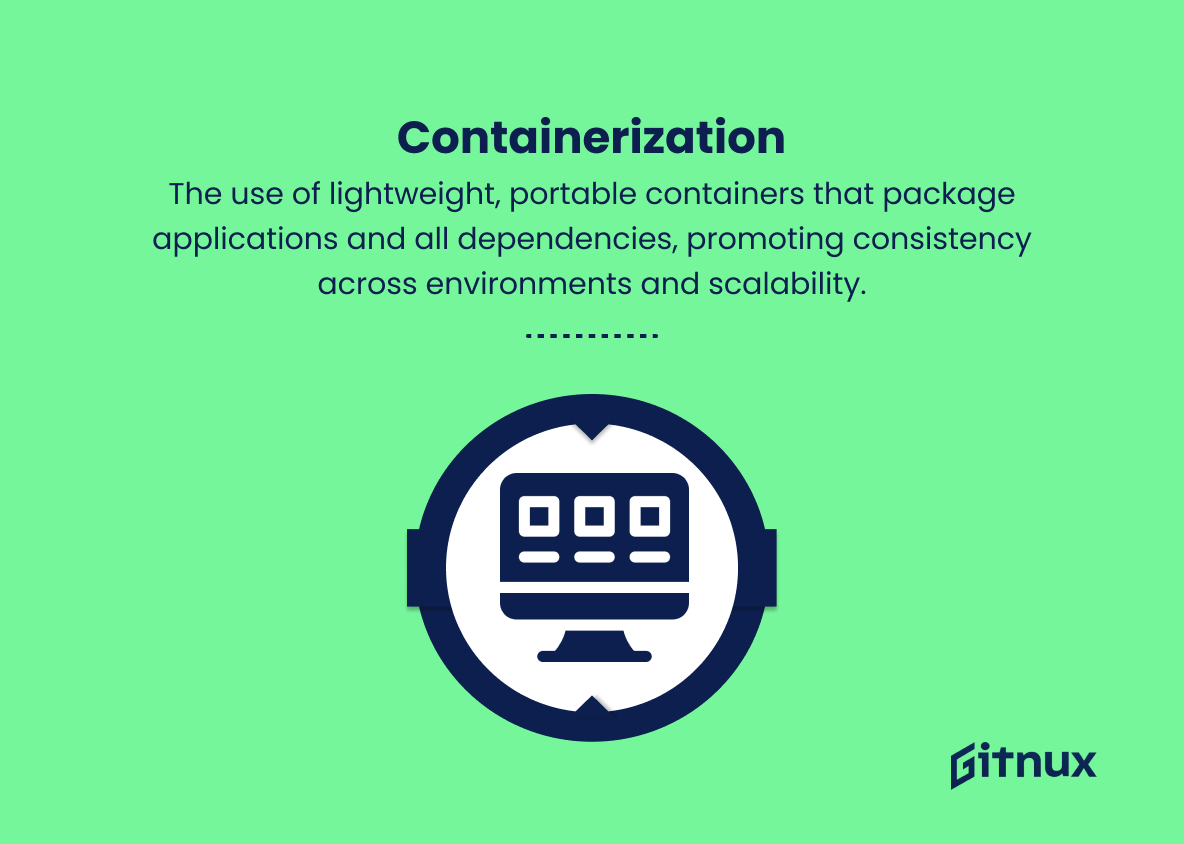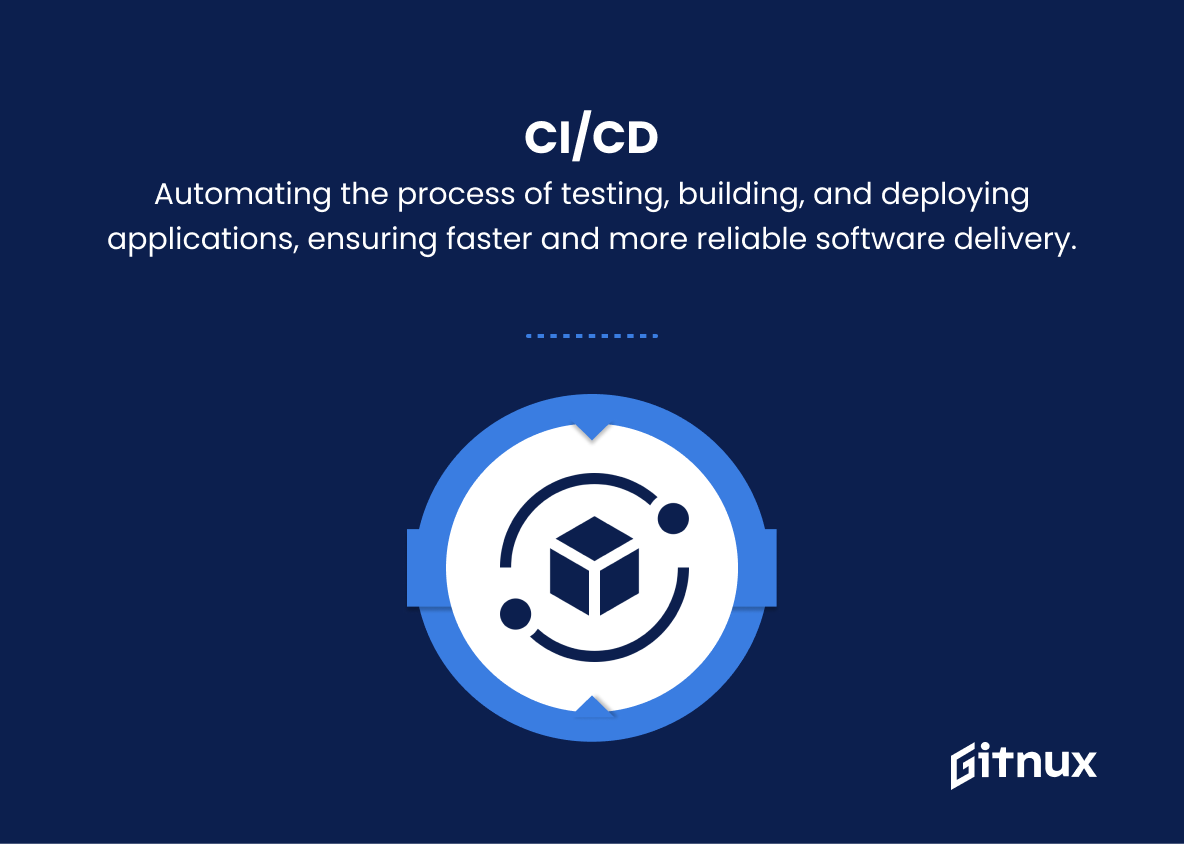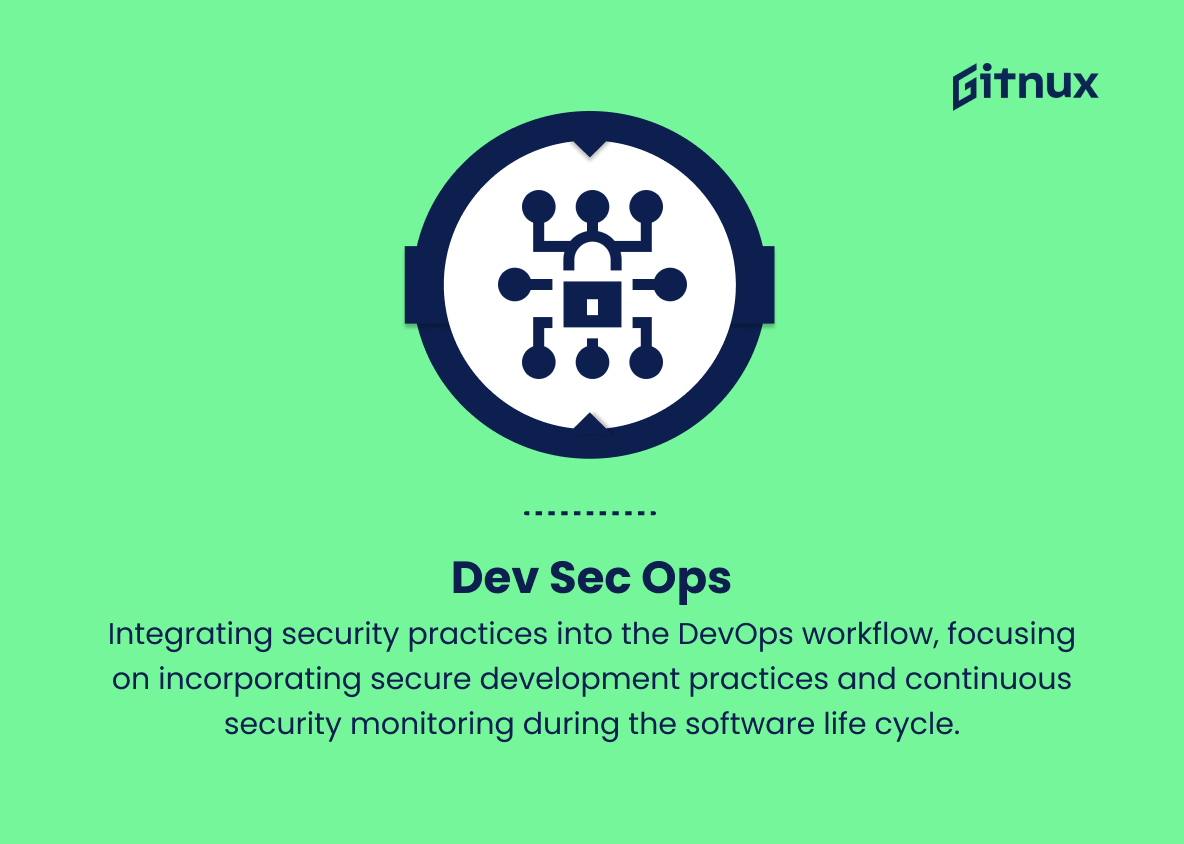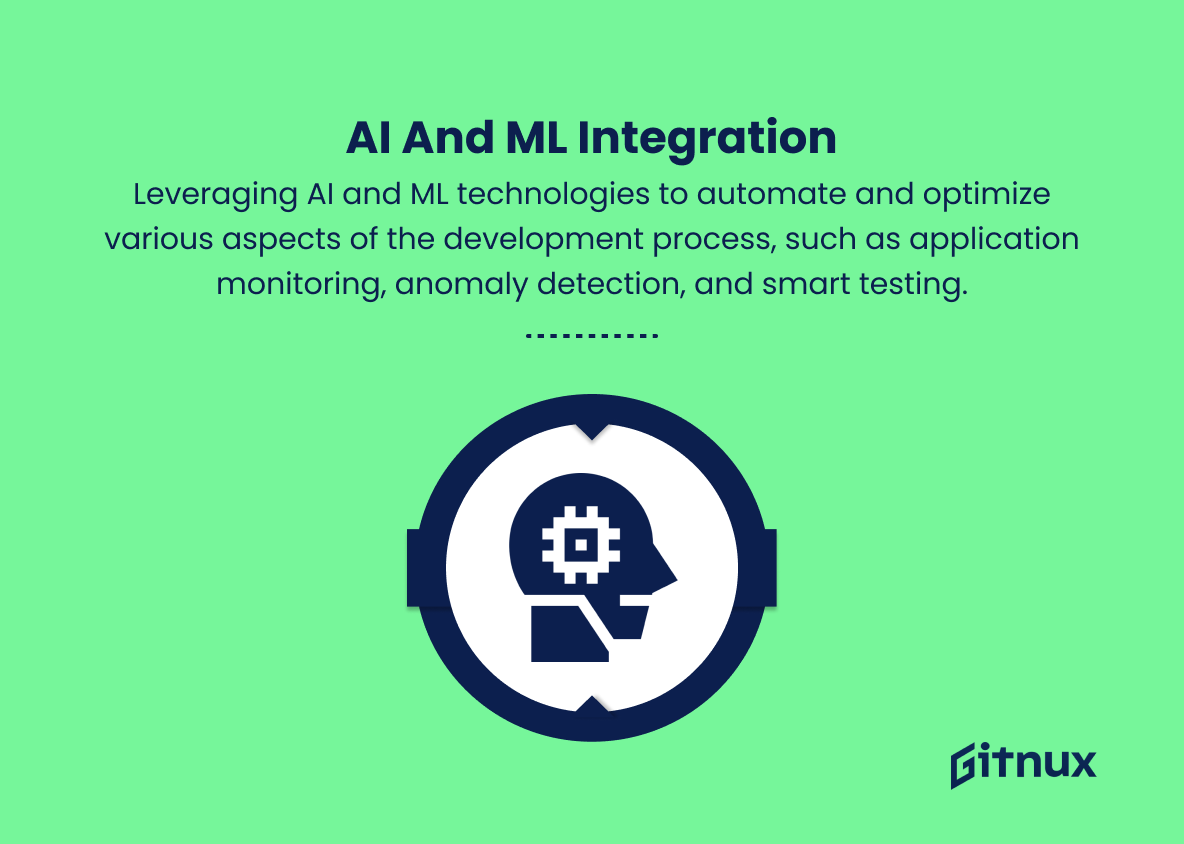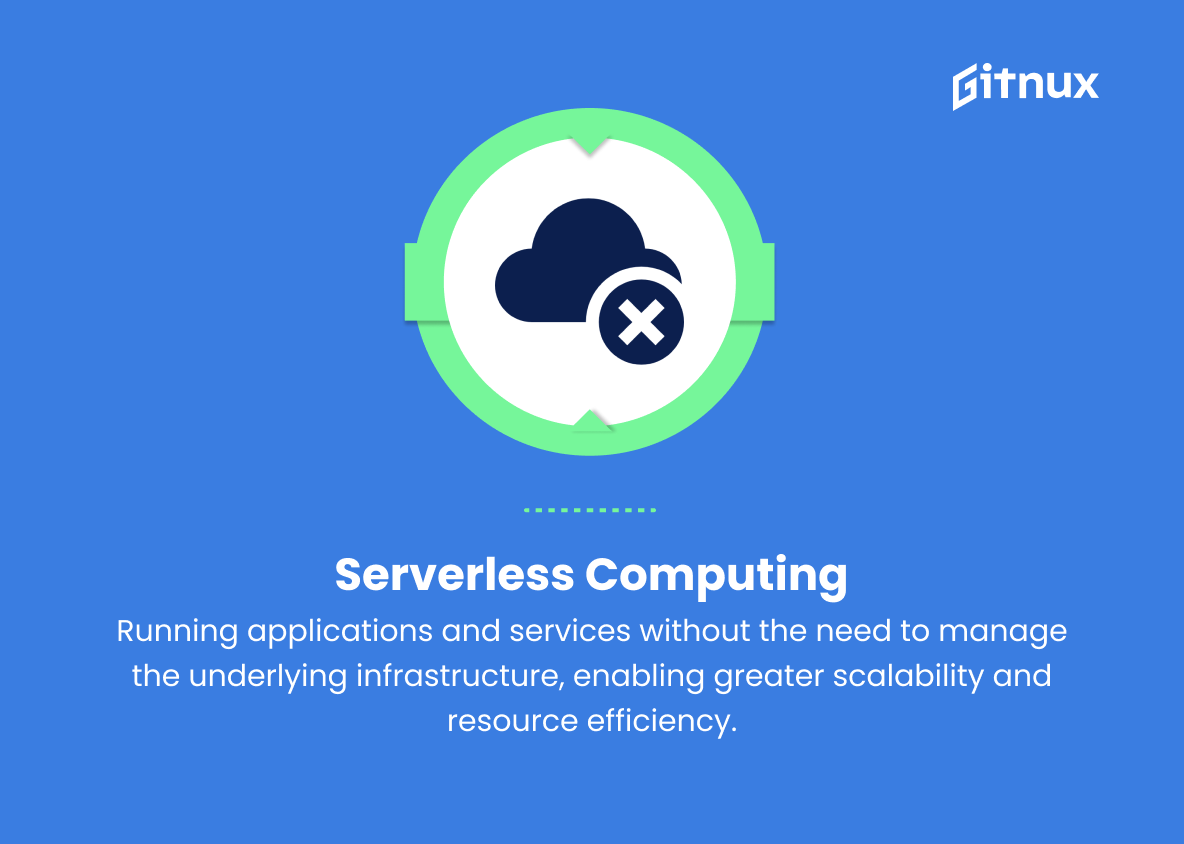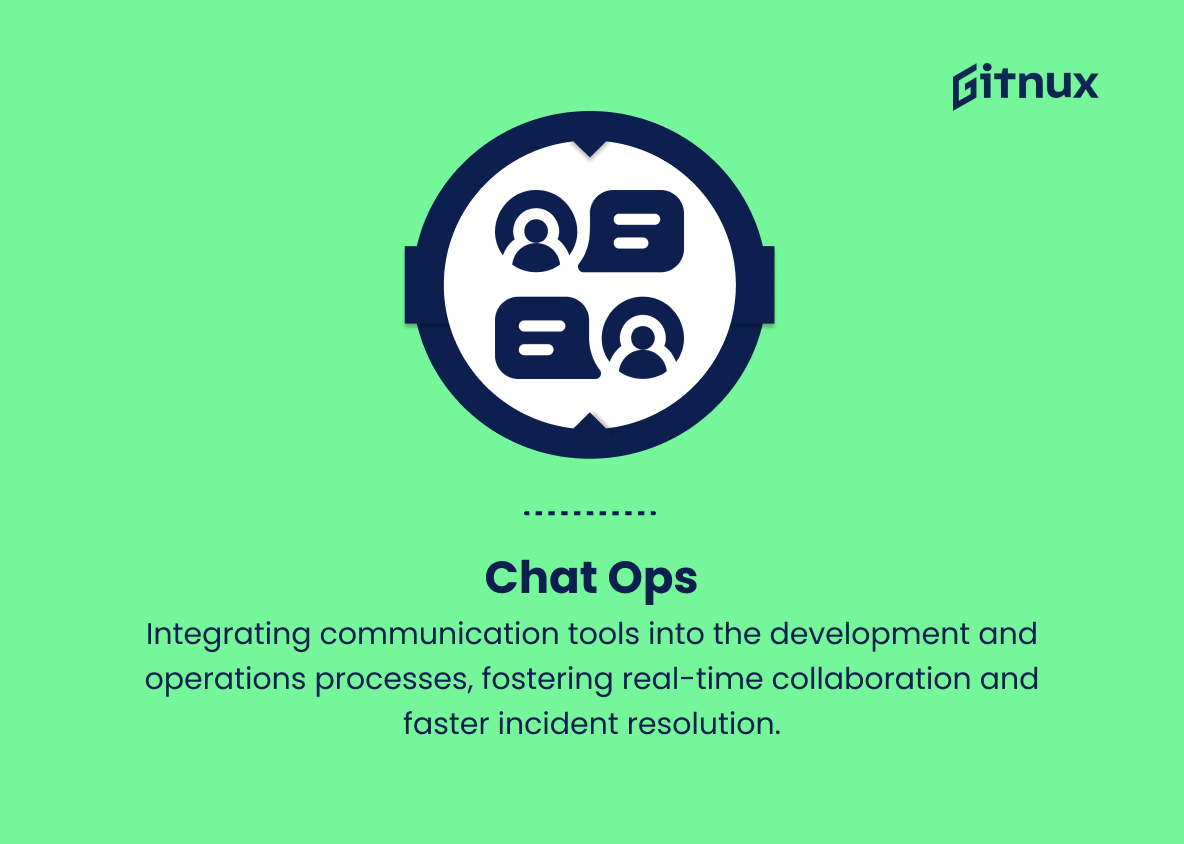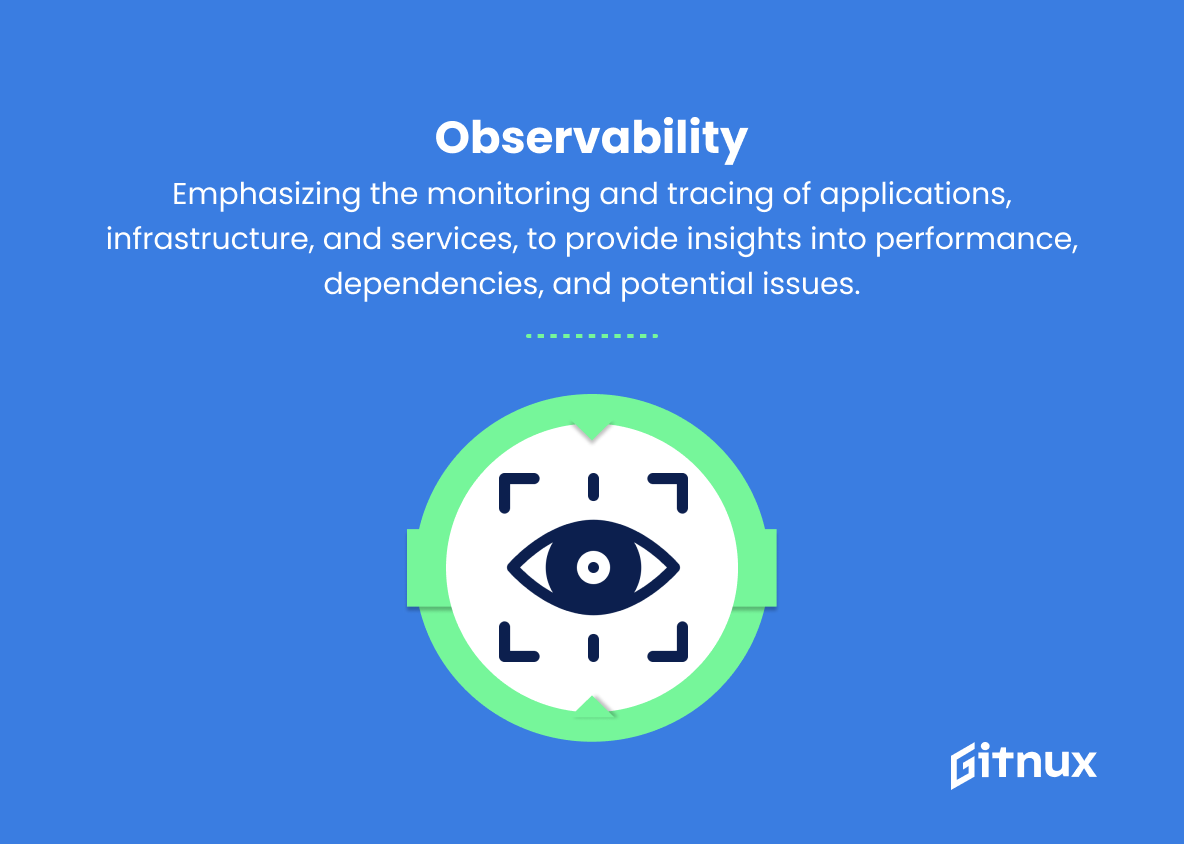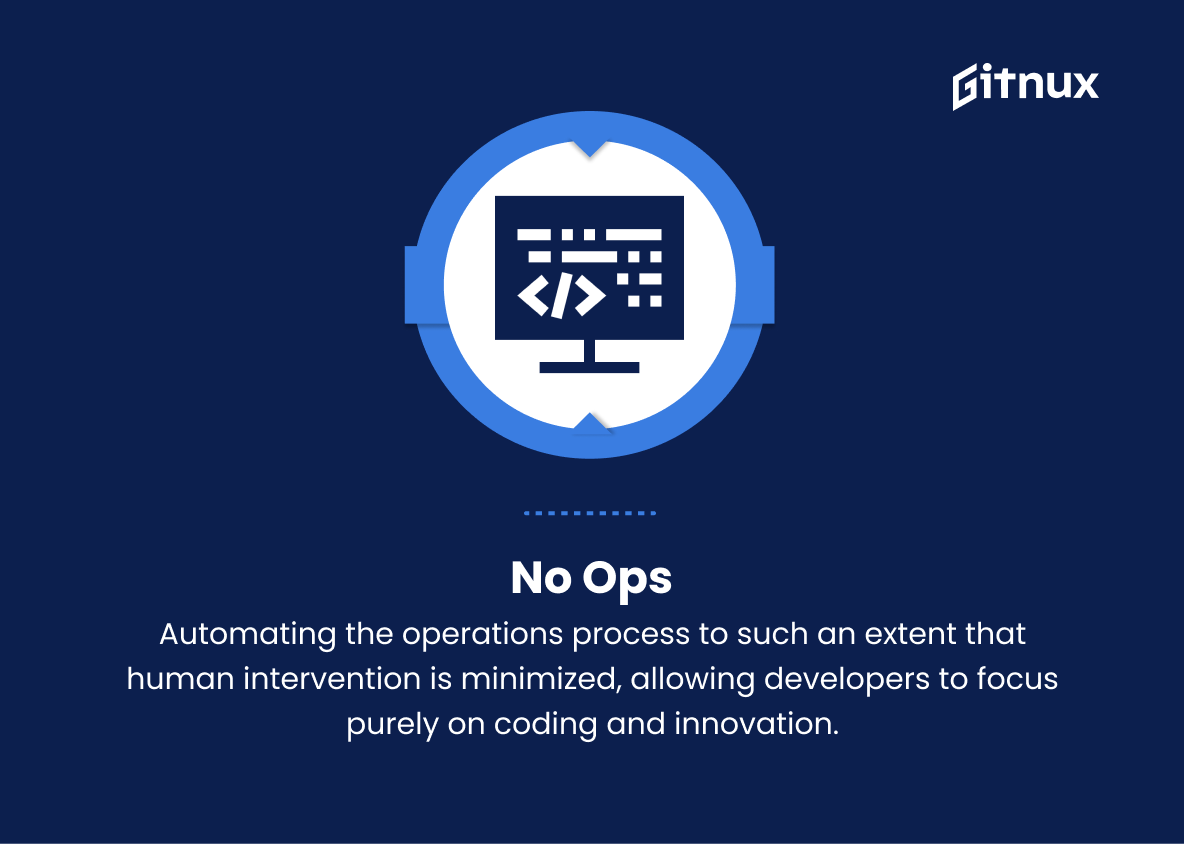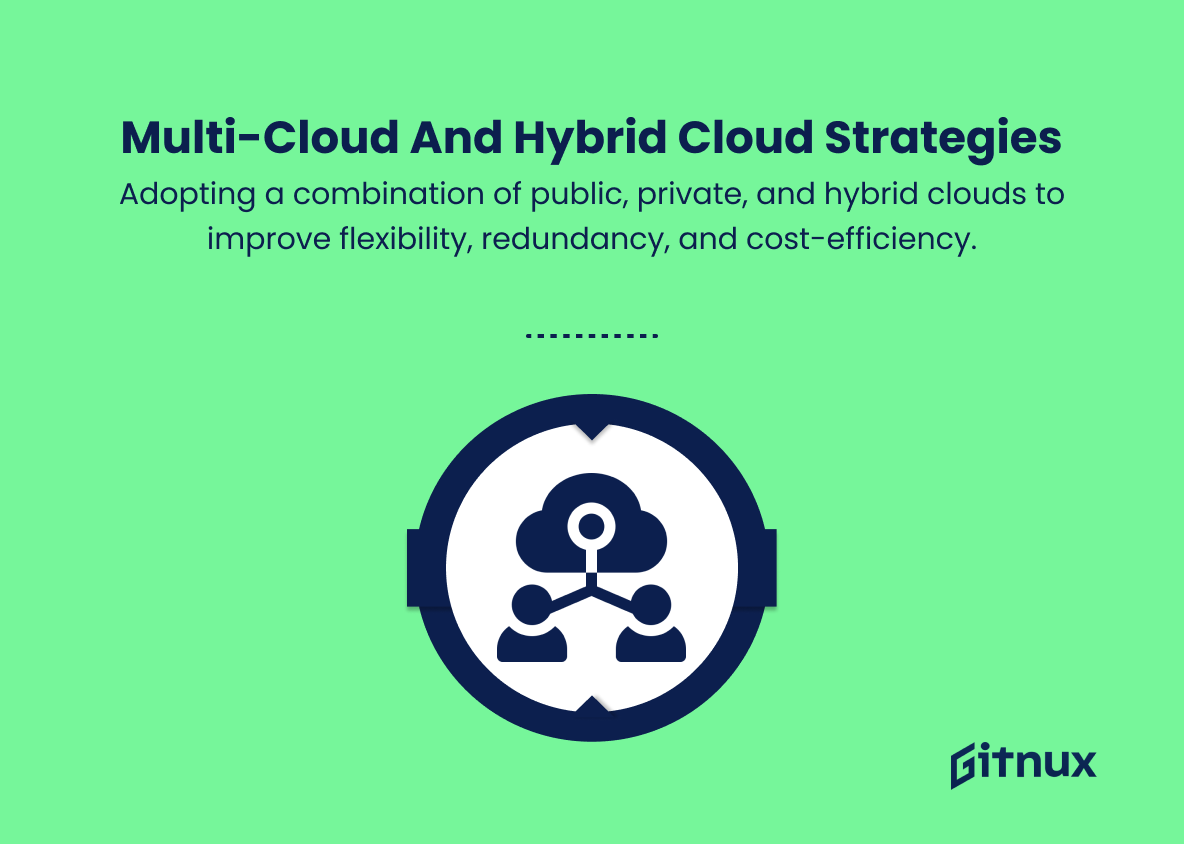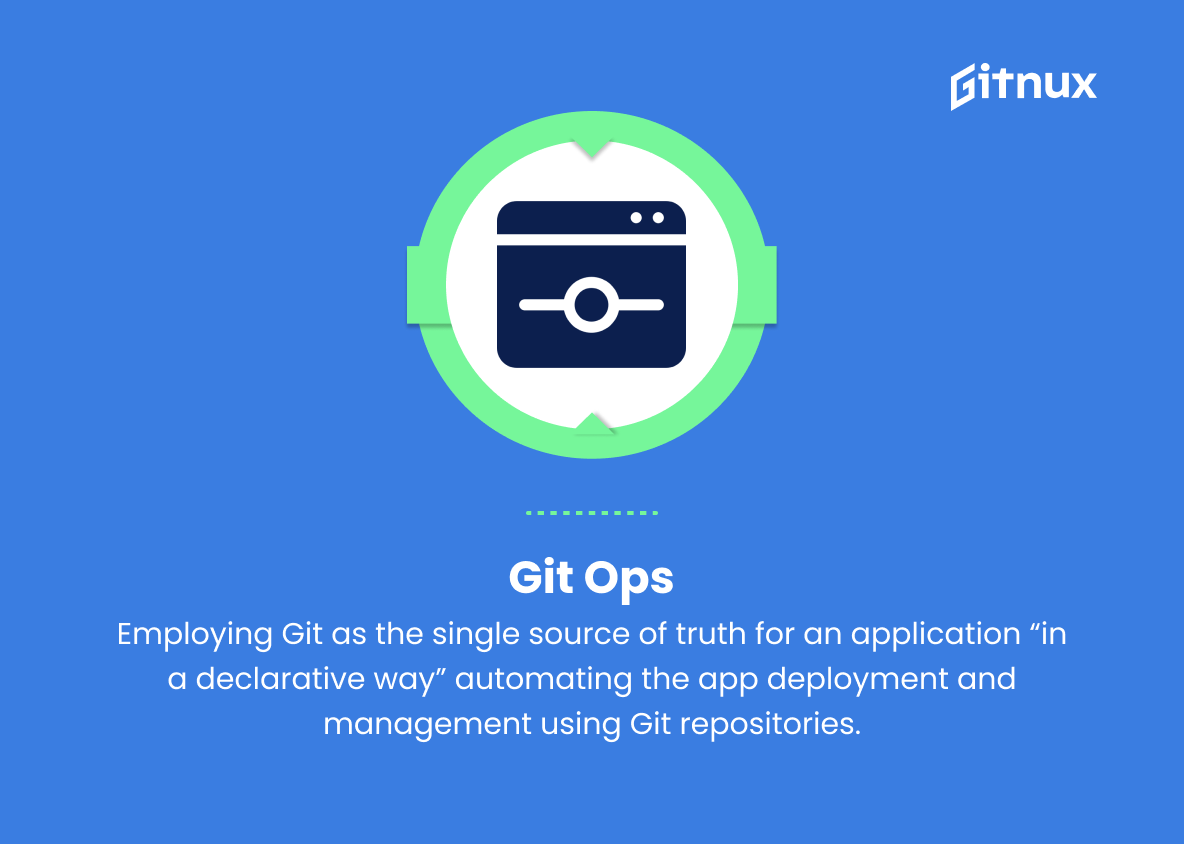In today’s fast-paced and ever-evolving technological landscape, businesses and IT professionals are continuously striving to optimize performance, streamline processes, and stay ahead of the curve. DevOps, the seamless integration of development and operations, has emerged as a revolutionary movement enabling enterprises to improve efficiency, agility, and collaboration.
Consequently, the DevOps ecosystem is rapidly growing, with numerous trends and practices arising to drive innovation and tackle challenges within the software development life cycle. In this thought-provoking blog post, we dive deep into the latest DevOps trends that are reshaping the industry and explore their implications for businesses and IT professionals alike. From the rise of automation to the increasing adoption of cloud-native technologies, stay tuned as we unveil the emerging game-changers in the world of DevOps.
Top Devops Trends
1. Infrastructure as Code (IAC)
Managing infrastructure through code and version control, enabling faster deployment and easier maintenance.
2. Containerization
The use of lightweight, portable containers that package applications and all dependencies, promoting consistency across environments and scalability.
3. Microservices architecture
Breaking down applications into smaller, interconnected services, allowing for agile development, independent scaling, and easier maintenance.
4. Continuous integration and continuous deployment/delivery (CI/CD)
Automating the process of testing, building, and deploying applications, ensuring faster and more reliable software delivery.
5. Dev Sec Ops
Integrating security practices into the DevOps workflow, focusing on incorporating secure development practices and continuous security monitoring during the software life cycle.
6. Cloud-native development
Designing and building software specifically for cloud environments, promoting scalability, flexibility, and efficient resource usage.
7. Kubernetes and container orchestration
Using tools like Kubernetes to manage, monitor, and scale containerized applications, addressing the complexities of multi-container architectures.
8. Artificial Intelligence (AI) and Machine Learning (ML) integration
Leveraging AI and ML technologies to automate and optimize various aspects of the development process, such as application monitoring, anomaly detection, and smart testing.
9. Serverless computing
Running applications and services without the need to manage the underlying infrastructure, enabling greater scalability and resource efficiency.
10. Edge computing
Shifting computational processes closer to the data source, resulting in reduced latency and improved performance for user-facing applications.
11. Chat Ops
Integrating communication tools into the development and operations processes, fostering real-time collaboration and faster incident resolution.
12. Observability
Emphasizing the monitoring and tracing of applications, infrastructure, and services, to provide insights into performance, dependencies, and potential issues.
13. No Ops
Automating the operations process to such an extent that human intervention is minimized, allowing developers to focus purely on coding and innovation.
14. Multi-cloud and hybrid cloud strategies
Adopting a combination of public, private, and hybrid clouds to improve flexibility, redundancy, and cost-efficiency.
15. Git Ops
Employing Git as the single source of truth for an application “in a declarative way” automating the app deployment and management using Git repositories. These trends represent the evolving landscape of DevOps, driven by technological advancements, market demands, and a shift towards agile practices in software development.
Implications
As a futurist, I predict that these DevOps trends will significantly enhance the efficiency, agility, and reliability of software development and delivery. By employing Infrastructure as Code, developers can streamline deployment and maintenance, while containerization and microservices architecture enable consistency, scalability, and modularity. The implementation of CI/CD pipelines and DevSecOps practices will ensure secure, faster, and reliable application development. Cloud-native development, Kubernetes, and container orchestration simplify management and foster flexibility in cloud environments.
Furthermore, harnessing AI and ML technologies will bring automation and optimization to unprecedented levels, while serverless computing and edge computing will provide efficient resource usage and enhanced application performance.
As collaboration tools like Chat Ops integrate seamlessly into development processes, observability, and monitoring improve, and No Ops gains prominence, developers will be able to concentrate solely on innovation. Additionally, multi-cloud and hybrid cloud strategies offer cost-efficiency and better resource utilization. Lastly, embracing GitOps will consolidate code management, paving the way for a more interconnected and efficient DevOps ecosystem. Overall, these trends will revolutionize the software development lifecycle, ultimately benefiting businesses and end-users alike.
Conclusion
In summary, DevOps trends continue to evolve and shape the way organizations approach software development and deployment. As businesses strive to enhance operational efficiency, adaptability, and delivery speed, the adoption of DevOps methodologies and practices has become increasingly critical.
From the growth of automation, containerization, and serverless technologies to the prioritization of security, collaboration, and monitoring, these trends not only drive the expansion of DevOps but also ensure its long-term sustainability in the ever-changing IT landscape. By staying informed and adapting to these latest trends, organizations can embrace a more agile, efficient, and innovative future, giving them a strategic advantage in the competitive landscape.
